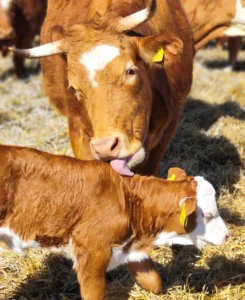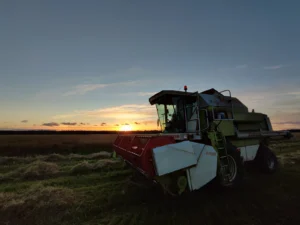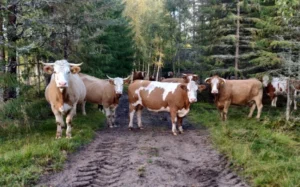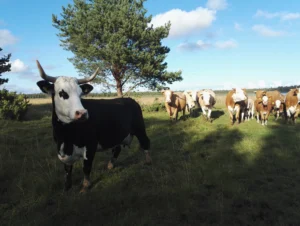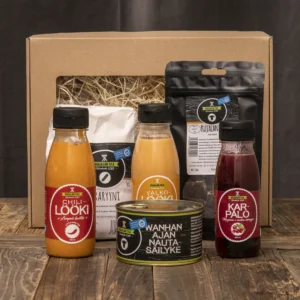To provide the best experience, we use technologies such as cookies to store and/or access device information. Accepting these technologies allows us to process information such as browsing behavior or unique identifiers on this site. Withholding or withdrawing consent may adversely affect certain features and functionality.
Technical storage or access is absolutely necessary for a legitimate purpose that enables the use of a service specifically requested by a particular subscriber or user, or solely for the transmission of communications via an electronic communications network.
Technical storage or access is necessary for a legal purpose to store settings that have not been requested by the subscriber or user.
Technical storage or access used exclusively for statistical purposes.
Technical storage or access used exclusively for anonymous statistical purposes. Absent a subpoena, voluntary consent from your ISP, or additional third-party records, information stored or retrieved solely for this purpose generally cannot be used to identify you.
Technical storage space or access is required to create user profiles for the purpose of sending advertisements or to track the user on a website or multiple websites for similar marketing purposes.

